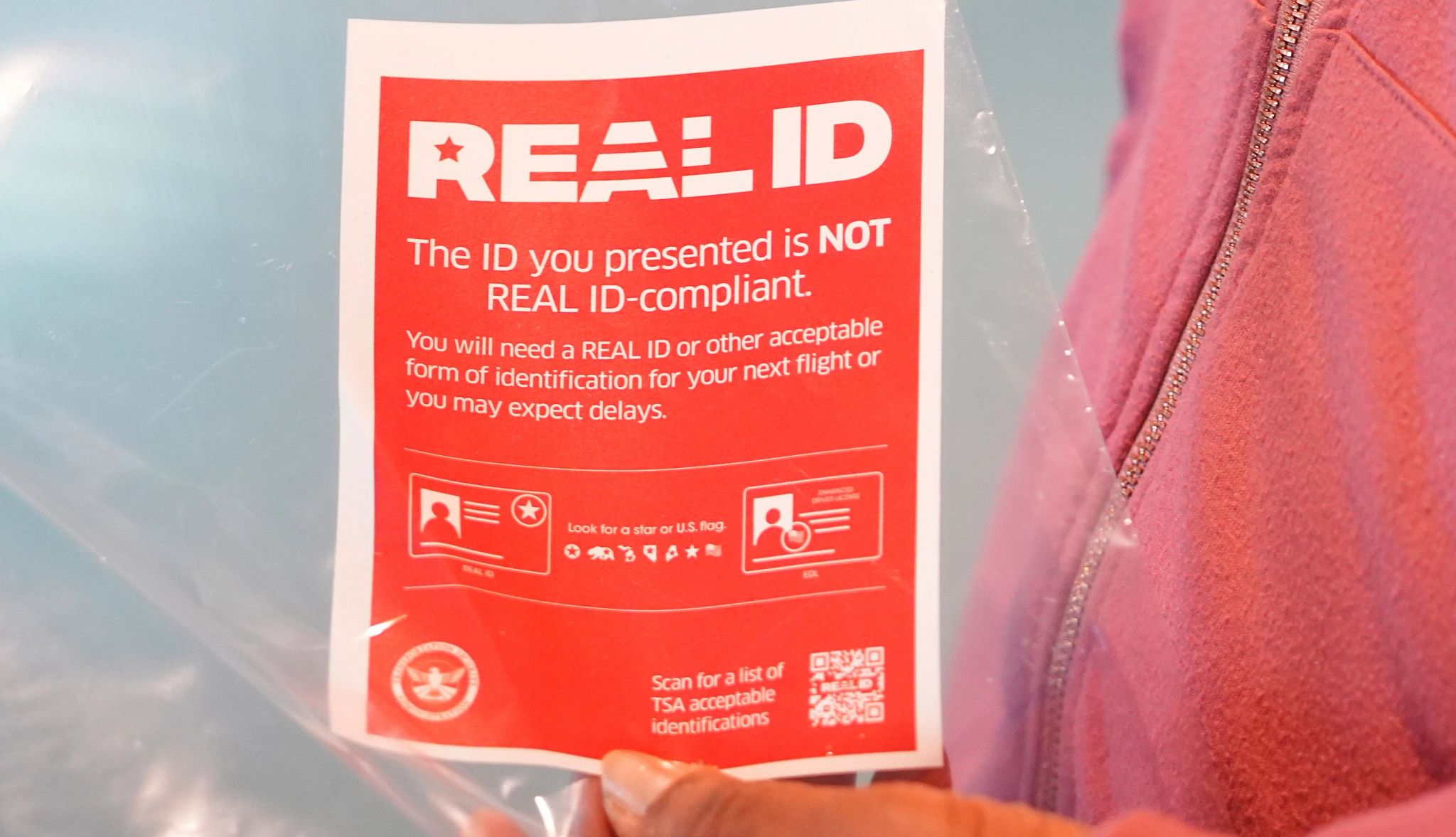AARP Hearing Center


The Consumer Price Index (CPI), the government’s main gauge of inflation, rose 8.5 percent over the 12 months ended in March. The recipe for today’s inflation: Start with two years of pent-up consumer demand from pandemic lockdowns, then mix in supply chain disruptions that reduced the availability of everything from computer chips to diapers. Add in ultra-low interest rates, which made lots of cheap money available. Finally, stir in a war in Ukraine that sent energy prices soaring. Voilà: the highest inflation rate in 40 years.
Your personal inflation rate could be higher or lower than the government’s figures. The CPI represents a basket of goods and services likely to be purchased by urban consumers. Each item in the basket is given a different weight according to its importance. Energy, including gasoline, fuel oil and electricity, has a 7.5 percent weight in the CPI, while food has a 13.4 percent weight. If you don’t drive much, your inflation rate would be lower than for someone who has a 40-mile round trip to work.
Just as the 30 stocks in the Dow Jones Industrial Average rise or fall at different rates on any given day, so do the hundreds of items that make up the CPI. Some items that rose sharply in price over the past year showed signs of leveling off in March, while others continued to climb. Here’s a look at the biggest price jumps over the past 12 months, plus how much each item either increased or fell between February and March.


Gasoline
12-month increase: 48.8 percent
March increase: 19.3 percent
Russia isn’t the largest producer of crude oil — that would be the United States — but it does produce 10.5 million barrels a day, according to the Energy Information Administration. At that rate, it ranks fourth in the world, producing 11 percent of the world’s total oil output.
Outrage about Russia’s invasion of Ukraine has prompted some Western importers, including the U.S., to ban Russian oil imports. The U.S. imported about 8.47 million barrels of oil a day, of which 8 percent, or 672,000 barrels a day, came from Russia.
Oil prices are set on the world market, which reacts not only to current events, but to anticipated future events. Further complicating matters has been the emergence of OPEC Plus. OPEC stands for the Organization of Petroleum Exporting Countries, founded in 1960 by Iran, Iraq, Kuwait, Saudi Arabia and Venezuela. There are now 13 member countries. The “plus” part includes Russia and other large oil producers that, while not OPEC members, have been coordinating with OPEC to boost oil prices. “The thing that’s amazing is that it’s an incredibly disciplined cartel at the moment,” Tom Kloza, head of energy analysis for the Oil Price Information Service, told AARP in November. “It’s a real tight ship. And that has pushed up the price of crude.”
President Biden has authorized release of oil from the Strategic Oil Reserve and authorized additional drilling permits on public land. You need oil to make gasoline, of course. Currently, the average price of a gallon of regular unleaded gasoline is $4.16, according to AAA, down from a record $4.33 on March 11, 2022.





































































More on money
Want to Buy Gold? Here Are 5 Mistakes to Avoid
Gold is known as an inflation hedge, but it has its own pitfallsBest Bargains in May
Look for deals on grills, small electronics, patio furniture
Inflation Eases a Bit in April
Price of eggs, flour increase; gas and electronics prices fall